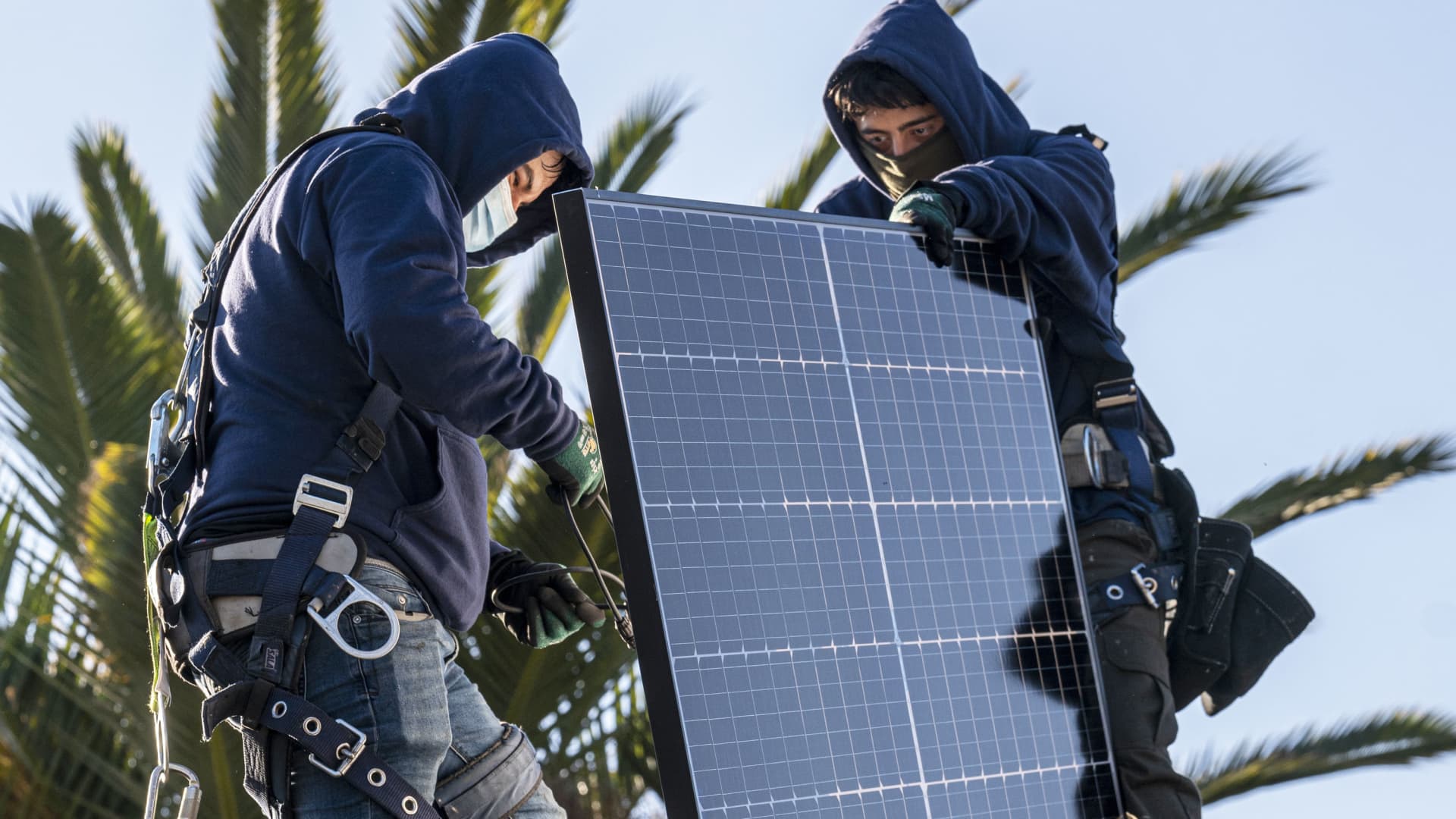Tesla Reveals Its Q2 Capital Expenditures & Expectations Moving Forward

Tesla has revealed that it focused intensely on its Gigafactories during the second quarter of 2022 — to the tune of about $1 billion in capital expenditures.
The announcement came in a Securities and Exchange Commission (SEC) filing. Tesla intends to continue to accentuate its battery development, among other projects, to solidify its corporate plan and mission. “The long-term success of this business,” Tesla explained in the filing, “is dependent upon increasing margins through greater volumes.”
Compared with Q2 2021, Tesla profit nearly doubled as well as exceeded analyst estimates for earnings. The SEC filing detailed how Tesla’s April forecast of $5 billion to $7 billion for capital expenditures has increased to levels around $6 billion to $8 billion. It was one of many declarations contained in a July 25, 2022, quarterly report.
In 2022, through Q2, Tesla produced 563,987 vehicles and delivered 564,743 vehicles. To support such positive vehicle trends, the company has identified several areas of focus:
- increasing vehicle production and capacity;
- improving and developing battery technologies;
- improving FSD capabilities;
- increasing the affordability and efficiency of its vehicles;
- expanding its global infrastructure.
During the second quarter, the Gigafactory Texas site began delivering Model Ys with Tesla-made 4680 cells used in structural battery packs. This factory’s goals include improving vehicle performance, decreasing production costs, and increasing affordability. Consistent with the company’s approach of innovating manufacturing techniques at its new factories, Tesla says it expects to pioneer novel methods related to the mass production of these cells and the company’s unique structural battery pack concept.
Tesla indicates successful capital growth is contingent on its ability to add to its available sources of battery cell supply. Manufacturing its own cells, which are being developed to have high volume output, lower capital and production costs, and longer range, are key to these longer term goals.
In 2022, through Q2, Tesla deployed 1.98 GWh of energy storage products and 154 megawatts of solar energy systems. Current areas of priority include:
- ramping production of energy storage products;
- improving solar roof installation capability and efficiency;
- increasing market share of retrofit and new build solar energy systems.
Capital Challenges that Tesla Confronted in Q2 2022
Identifying COVID-19 as having widespread global impact, the Tesla report to the SEC acknowledged that increasing availability and administration of vaccines and easing restrictions helped businesses. Yet infection rates and regulations continue to challenge business models and to increase costs for logistics and supply chains in several ways:
- increased port congestion;
- intermittent supplier delays;
- a shortfall of semiconductor supply;
- temporary manufacturing closures;
- employment and compensation adjustments;
- impediments to product deliveries and deployments.
“We are dependent on our suppliers, including single source suppliers,” the filing elaborated, “and the inability of these suppliers to deliver necessary components of our products in a timely manner at prices, quality levels and volumes acceptable to us, or our inability to efficiently manage these components from these suppliers, could have a material adverse effect on our business, prospects, financial condition, and operating results.”
The report also noted how varying levels of inflation have affected the electric vehicle, solar energy generation, and energy storage arms of the company through:
- various supply chain disruptions;
- increased shipping and transportation costs;
- increased raw material and labor costs.
Bitcoin Bombs, Affects Tesla’s Bottom Line
Tesla valuation was negatively affected by the precipitous decline in the price of bitcoin. Explaining that the company’s investment policy provides flexibility to diversify and maximize returns on its cash outside operating liquidity, a portion of Tesla cash investments is directed to “certain alternative reserve assets including digital assets, gold bullion, gold exchange-traded funds,” among others.
Their investment in bitcoin is indicative of the larger company perspective on increasing or decreasing holdings of digital assets, depending on the needs of the business and on the company’s view of market and environmental conditions.
The company reported an original investment in early 2021 of $1.5 billion in the cryptocurrency, and it has now “converted approximately 75% of [its] Bitcoin purchases into fiat currency.” Over a hundred millions of dollars have been lost on the cryptocurrency investment so far — “in the six month period ended June 30, 2022, we recorded $170 million of impairment losses resulting from changes to the carrying value of our bitcoin and gains of $64 million on certain conversions of bitcoin into fiat currency by us.”
Guarded Optimism as Tesla Looks Ahead
The next phase of production growth for Tesla is dependent on factors at Gigafactory Berlin–Brandenburg and Gigafactory Texas and the upgrade and expansion of Gigafactory Shanghai.
The company says it will continue to accelerate production, build new manufacturing capacity, and expand its operations to enable increased deliveries and deployments of products and further revenue growth. Noting that the company is situated within a cyclical industry “that is sensitive to political and regulatory uncertainty, including with respect to trade and the environment,” the company was guarded in its optimism.
“As long as we see expanding sales, and excluding the potential impact of macroeconomic conditions including increased labor costs and impairment charges on certain assets,” Tesla expects operating expenses relative to revenues to decrease as it continues to increase operational efficiency and process automation. “We expect operating expenses to grow in 2022 as we are expanding our operations globally.”
Effects from future global impact due to the COVID-19 pandemic, inflationary pressures, and potential increases in interest rates could affect profitability.
So, too, will competition influence Tesla’s value as new EV manufacturers enter the marketplace. Then again, Tesla dominates the global market for EVs and is on a trajectory for continued growth, while traditional carmakers like Toyota and General Motors are recording steep declines in sales.
In its quest to help bring the world closer to sustainable transportation, Tesla says it will have to continue to execute well to maintain its capital momentum. “The inflationary impact on our cost structure,” Tesla concluded, “has contributed to adjustments in our product pricing, despite a continued focus on reducing our manufacturing costs where possible.”
Tesla’s Enterprises & Capital Expenditures
Tesla described its dual operating and reportable segments in the SEC Q2 filing: (i) automotive and (ii) energy generation and storage.
The automotive segment includes:
- the design, development, manufacturing, sales and leasing of electric vehicles;
- sales of automotive regulatory credits;
- non-warranty after-sales vehicle services;
- sales of used vehicles, retail merchandise, and third party customers and vehicle insurance revenue.
The energy generation and storage segment includes:
- the design, manufacture, installation, sales and leasing of solar energy generation and energy storage products;
- related services and sales of solar energy systems incentives.
Appreciate CleanTechnica’s originality and cleantech news coverage? Consider becoming a CleanTechnica Member, Supporter, Technician, or Ambassador — or a patron on Patreon.
Advertisement
 This post has been syndicated from a third-party source. View the original article here.
This post has been syndicated from a third-party source. View the original article here.






